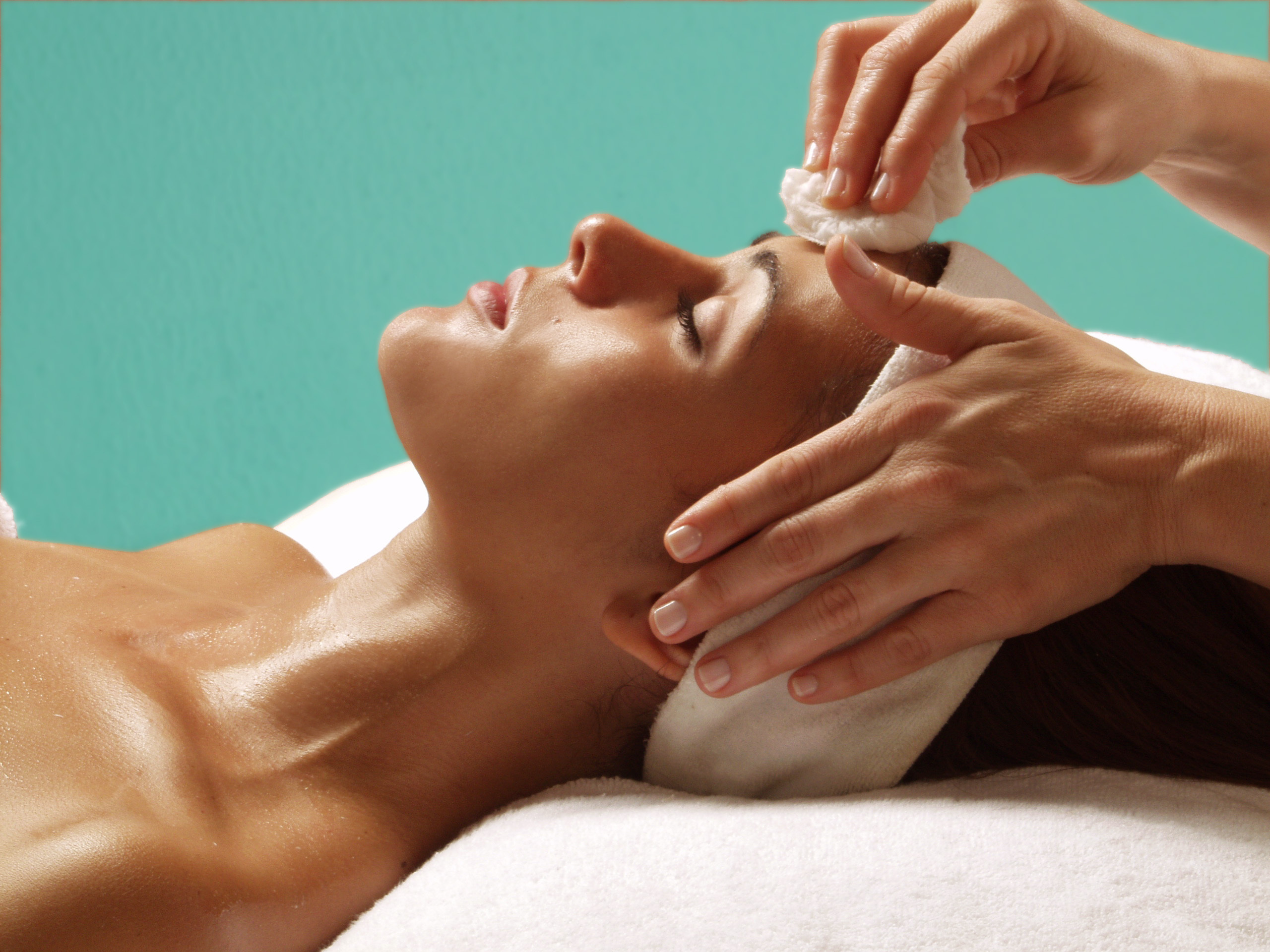Why choose a peel?
The term ‘peel’ might make you feel worried that your face will peel off, but we assure you this asap 45 minute treatment can help with a abundance of skin problems, from pigmentation, skin texture, stimulating new collagen, softening fine lines, dull & dehydrated skin, acne and scarring – all this with NO down time. Feel like you need one but don’t know where to start? We have all you need to know below.
So what exactly is a peel? In simple terms, peels use acid (there are different types) to break down the top layer, or layers, of skin to help with your skin concerns. They can be used on most skin types and skin tones. Believe it or not, chemical peels have been around since the mide 1800s, though they have become popular since the late 90s.
What sort of peels do you offer at Bloom?
There are three types of peels ― superficial, medium-depth and deep-depth. At Bloom we only offer asap professional superficial peels (sometimes referred to as a lunchtime peel). The asap professional peels we offer use fruit acids – no down time is needed.
AHA and BHA face peels
Otherwise known as alpha hydroxy or beta hydroxy acids, these peels include glycolic acid and lactic acid – all known to be quite light, so can be performed without needing any downtime. They’re especially good for combating the above skin concerns because they break down the bonds that hold dead skin cells together, allowing for easier exfoliation. asap peels use fruit enzymes and acids from natural sources such as pumpkins, as well as active ingredients to penetrate and deliver anti-oxidants and vitamins deep into the skin encouraging the new cells to grow stronger and healthier.
You will most likely feel a tingling sensation and your skin may be a bit pink at first, but it will then look instantly brighter and over time will get noticeably smoother
asap offer three specific professional peel treatments for various skin concerns: Your therapist will suggest which peel is most suitable for you.
asap lactic peel
asap glycolic peel
asap reveal peel with AHA/BHA
Skin Gym peel – asap’s lighter peel treatment.
What do you do after a peel?
You will be given after care directions and recommendations from you therapists.
- No active ingredients that can irritate your skin post-peel, such as retinol or glycogen.
- We recommend asap vitamin B serum, which not only contains a number of vitamin Bs but hyaluronic acid which will help rehydrate your skin post-peel.
- We recommend using your prescribed asap moisturiser
- asap mineral primer and foundation
- Daily use of asap SPF sun protection
How often can i have a peel?
This can be discussed with your therapist. We recommend you have peels in conjunction with other Bloom skin treatments. A peel can be done every 2-6 weeks.
Book now for your free 15 minute skin consultation or a peel treatment.

